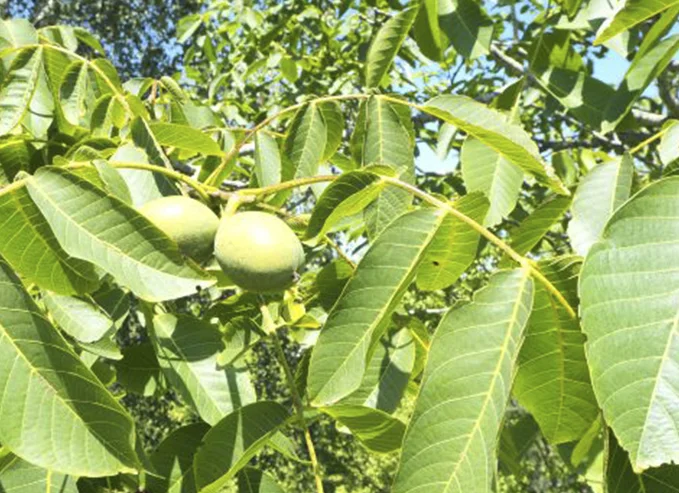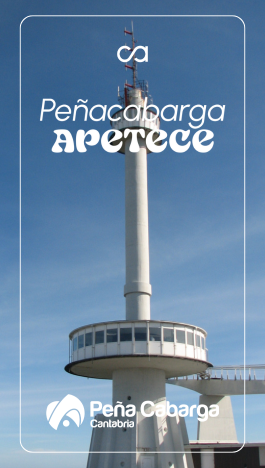Majestic deciduous tree with a wide crown that provides dense shade and great longevity, living up to 100 years.
Curiosities
Among nuts, the walnut is considered to have the most beneficial properties: minerals, vitamins, trace elements, vitamins A, B1, B6, E, Omega-3 fatty acid, folic acid.
In times when tobacco was scarce, walnut leaves, once dried and chopped, were used as a substitute.
California is the world’s largest producer of walnuts.
| Height | Up to 30 m. |
| Leaves | Deciduous, alternate, and composed of 5 to 9 leaflets, odd-pinnate, oval, and with an entire margin. |
| Flowers/Fruit | The flowers are separate, the female ones are inconspicuous, but the male ones are more showy, arranged in catkins to favor pollen dispersion by wind. The fruit is the nut, enveloped by a fleshy, green husk that dries and turns brown or purple upon ripening. |
| Climate/Habitat | It prefers valley bottoms with rich, deep soils, as long as they are not overly acidic or waterlogged. It tolerates cold well but not frosts. In soil where there are walnut trees, it's rare to find other plants growing under their shade. |
| Common Name | Walnut |
| Scientific Name | Juglans regia |
| Genus | Juglans |
| Family | Juglandaceae |




















